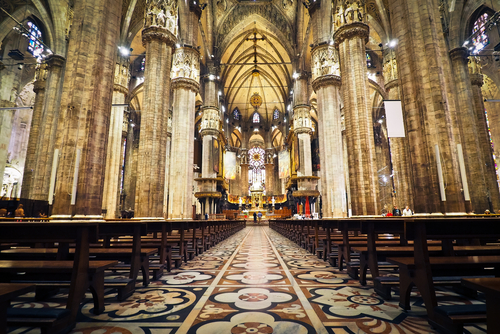The recent declassification of CIA files suggests a revelation that many may find hard to believe: the recovery of the legendary Ark of the Covenant. This finding raises questions about its implications for historical narratives and religious beliefs. What could this mean for the world’s understanding of history and faith?
The CIA’s Surprising Claims
A CIA document claims the Ark of the Covenant was discovered during secret tests in the 1980s. According to biblical description, the artifact was constructed by the Israelites and housed the Ten Commandments. The document, declassified in 2000, states the discovery occurred in 1988.
Interesting timing in the grand scheme of things. They showed a "replica" of the Ark is at Mara Lago recently.
— SpaceShot76 (@Spaceshot76) March 26, 2025
Now today The Daily Mail is reporting today that declassified CIA documents show they found the Ark of the Covenant in 1988.
How did they find it? Remote viewers… pic.twitter.com/Qa8s6j6fwr
The CIA is said to have conducted experiments involving individuals with supposed remote-viewing capabilities during Project Sun Streak. Remote Viewer No. 032 described the Ark, suggesting it is underground in the Middle East, protected by unknown entities.
The dimensions and materials described include wood, gold, and silver, with a decoration featuring a six-winged angel. These details align with historical accounts of the Ark’s appearance.
JUST IN 🚨 Secret CIA files claim Ark of the Covenant has been found — Daily Mail pic.twitter.com/smw7uX9bKi
— Insider Paper (@TheInsiderPaper) March 26, 2025
Where is the Ark Now?
Some historians believe the Ark was housed in the Temple of Jerusalem before its disappearance in 586 BC. Various theories postulate that it was taken to Ethiopia, possibly within a local church. While British scholar Edward Ullendorff’s claim of witnessing the Ark was later debunked as a replica, legends persist linking the artifact to the son of the Queen of Sheba and King Solomon.
“What he saw was what you find in any Ethiopian church, which is a model of the Ark of the Covenant”—Tudor Parfitt.
As discussed on the Ninjas are Butterflies podcast, the project’s findings indicate that the location of the Ark may be associated with spirituality and ceremony based on psychic descriptions of a dark and wet environment.
Implications for History and Faith
If verified, the recovery of the Ark would necessitate a reconsideration of historical narratives and religious contexts. Scholars may face a paradigm shift in interpreting ancient texts and understanding the importance of sacred relics.
Despite the document’s declassification, skepticism persists due to a lack of physical evidence. However, the mere suggestion of such a discovery promotes dialogue about the intersection of faith, history, and modern geopolitics. The quest to uncover the Ark’s true location continues, inviting intrigue and speculation across communities.




